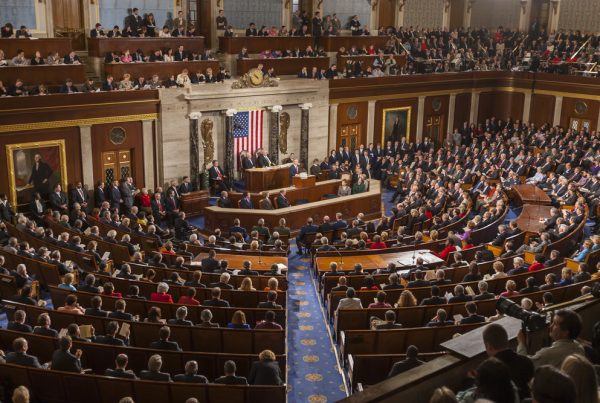At ECACUSA, one of our goals is to help members stay ahead of regulatory and policy shifts that shape the communications, technology and consumer-protection landscape. Two U.S. agencies play especially central roles in that landscape: the Federal Communications Commission (FCC) and the Federal Trade Commission (FTC). Understanding where they came from, how they have evolved and what key changes have occurred gives context for how they currently operate and how they might move in the future.
Below is a high-level timeline and commentary on major changes for each agency, followed by what this means for industry and ECACUSA members.
FCC: Origins and Major Milestones
Early Origins
The FCC was established on June 19 1934 as part of the Communications Act of 1934, replacing the earlier Federal Radio Commission and bringing both wire and radio communications under one federal agency.
Mid-Century Changes
Over time the agency expanded its jurisdiction to include television, cable and then satellite communications, responding to technological advances.
Major Deregulatory Shift: Telecommunications Act of 1996
A landmark change came with the Telecommunications Act of 1996, which amended the Communications Act of 1934 and ushered in a new regulatory framework aimed at promoting competition, reducing regulatory barriers and recognizing convergence between telephony, cable and internet services.
Recent Key Developments
- In April 2024 the FCC reinstated net neutrality rules, reversing an earlier 2017 repeal, reclassifying broadband services as telecom services and reaffirming the agency’s authority over broadband providers.
- The FCC continues to adapt in areas such as spectrum allocation, broadband deployment, digital discrimination and consumer privacy in communications services.
FTC: Origins and Major Milestones
Early Origins
The FTC was created by the Federal Trade Commission Act on September 26 1914, and opened its doors on March 16 1915 with a mission to protect consumers and promote competition.
Evolving Mission
Over the decades the FTC’s scope expanded beyond traditional antitrust enforcement to include consumer protection, privacy regulation, competition in digital markets and oversight of unfair or deceptive practices.
Key Changes & Policy Shifts
- The FTC periodically revises its guidelines, enforcement tactics and organizational structures to align with evolving markets, technology and consumer expectations.
- In recent years the agency has increased its focus on digital platforms, privacy concerns, AI-driven business models, subscription practices and consumer data issues.
Why This Timeline Matters for the Industry
- Regulatory context influences strategy: Knowing how the FCC and FTC have changed helps you anticipate regulatory direction and adapt business models, compliance practices and vendor relationships accordingly.
- Technology and competition intersect with regulation: Many of the major changes arise in response to technological shifts (for example broadband, streaming, mobile, AI). Members who monitor these intersections gain competitive advantage.
- Compliance risk and opportunity: Both agencies enforce rules that impact your operations, whether in communications infrastructure, privacy, competition or consumer treatment. Understanding their history can help you better manage risk, identify opportunity and engage proactively.
- Ecosystem impact: For ECACUSA members, whether you operate in customer experience, digital platforms, telecommunications, cloud services or adjacent markets, the policies of the FCC and FTC will shape vendor ecosystems, data practices and service delivery.
What ECACUSA Members Should Do
- Monitor rule-making: Track major rule-changes, proposed amendments and agency reports from both the FCC and FTC.
- Align internal policies: Ensure your compliance, procurement and service frameworks account for communications regulation (FCC) and consumer protection/competition regulation (FTC).
- Build cross-discipline awareness: Teams in legal, compliance, technology, product and customer experience must understand the regulatory impact, not just operations or IT.
- Engage in the policy process: When agencies invite comments, consultations or stakeholder input, take part. History shows that industry voice helps shape outcomes.
- Prepare for strategic shifts: Recognize that large regulatory changes often follow major technological or market transitions (for example broadband reclassification, digital platform competition, privacy frameworks). Stay agile.
The Bottom Line
The evolution of the FCC and the FTC reflects the shifting terrain of communications, competition and consumer protection in the United States. For ECACUSA and our members, that evolution is more than historical context- it is a guide to what may come next. By understanding when and why major changes occurred, you’re better positioned to respond to the next wave of regulatory change.
At ECACUSA we remain committed to helping you interpret these developments, connect the dots to your business and make informed decisions that maintain compliance, support innovation and secure customer trust.





